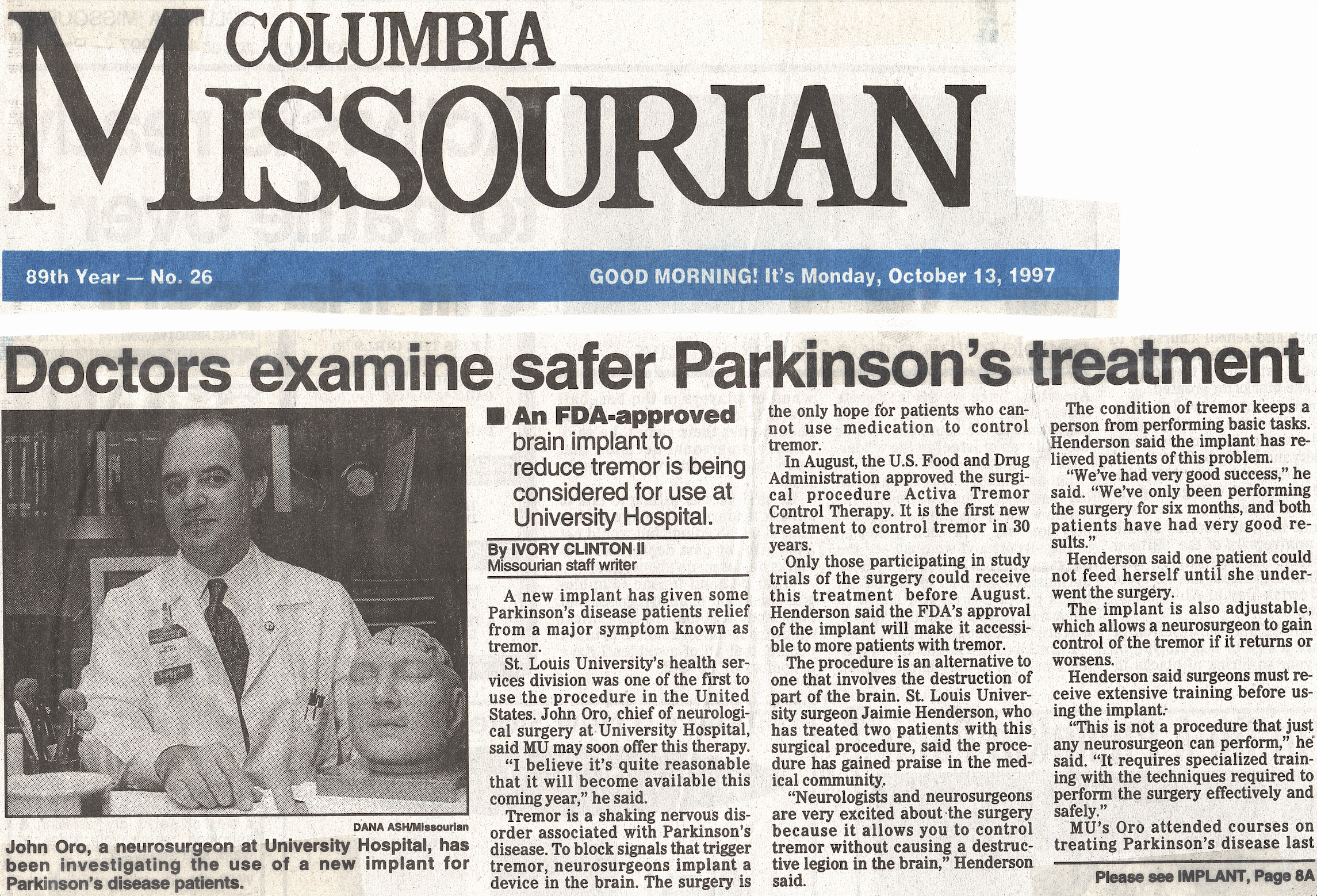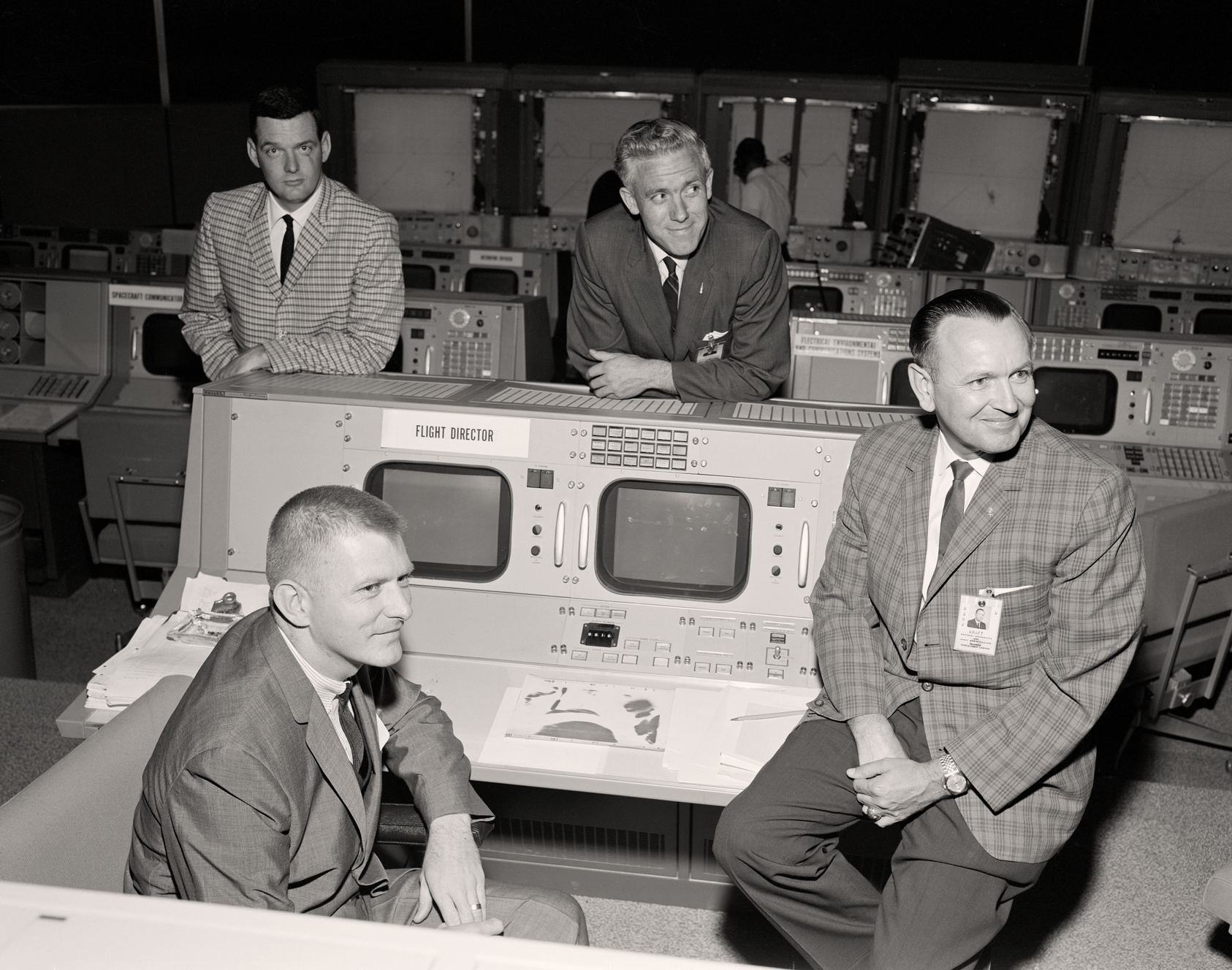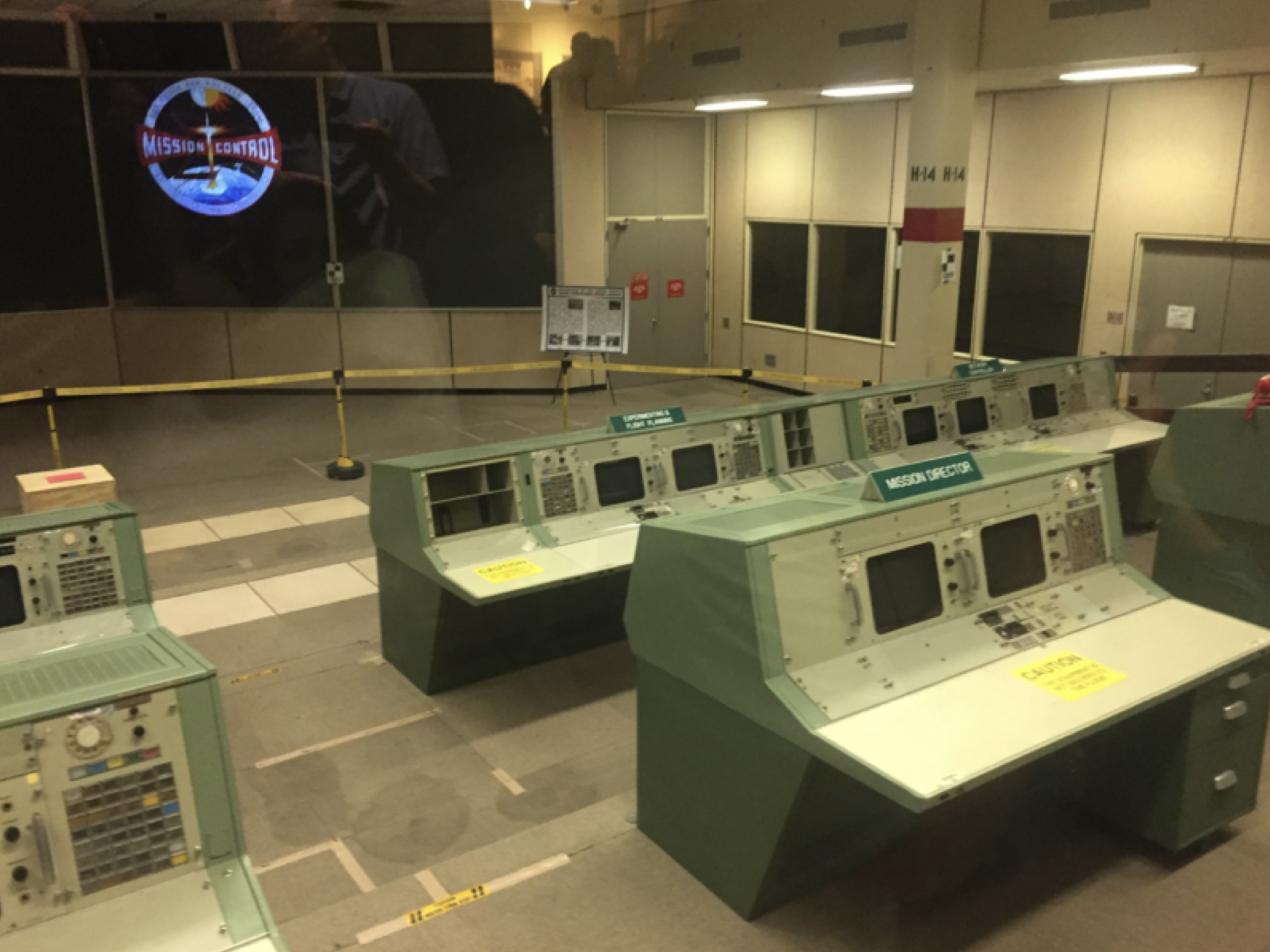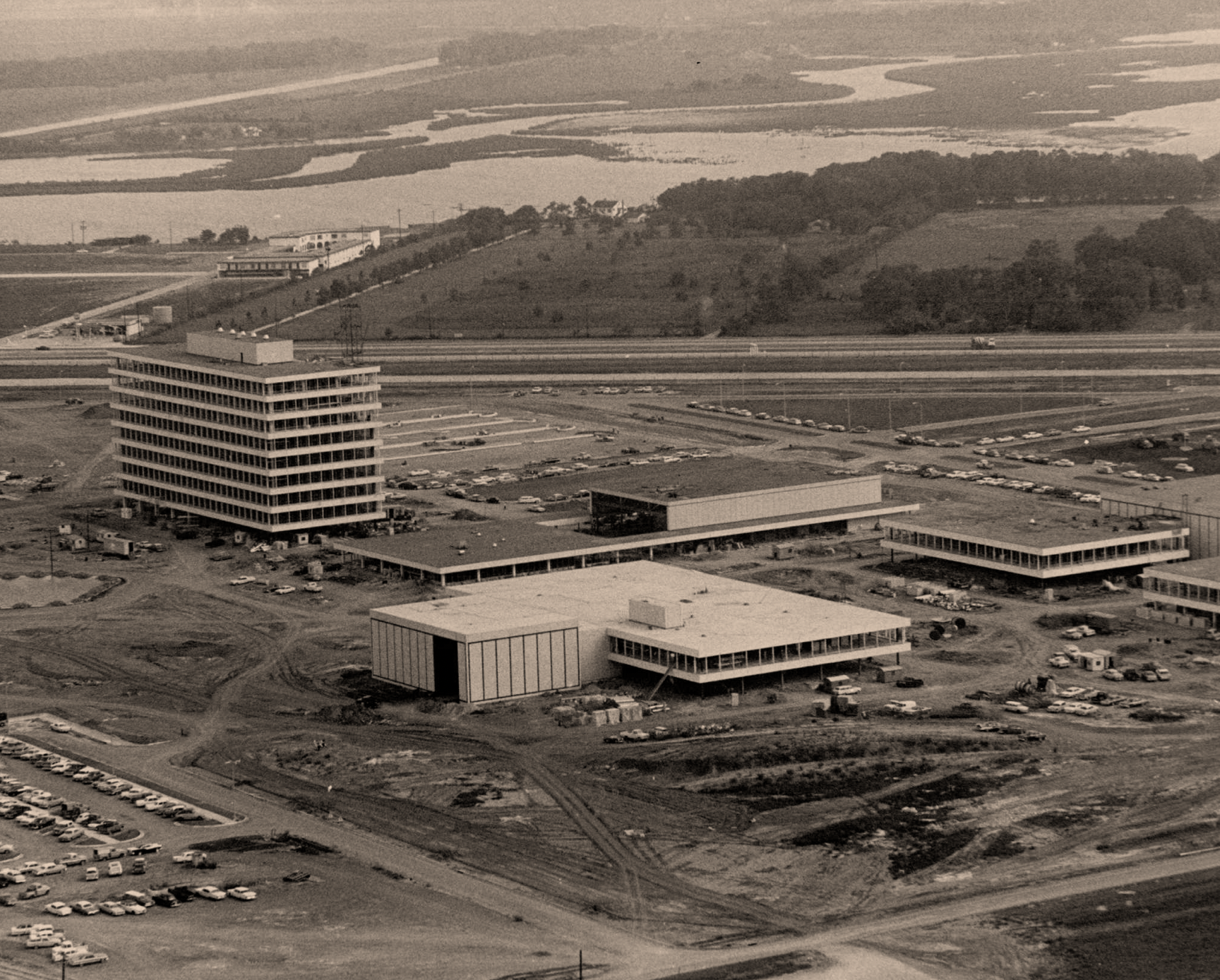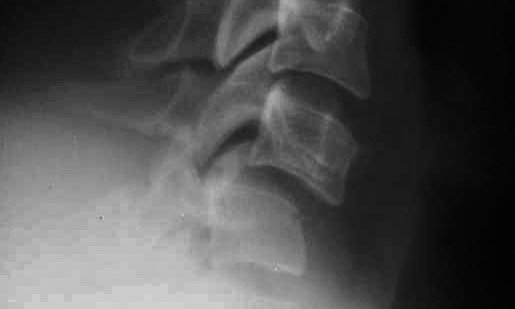Image from Unsplash
It seems that every week there's a new health fad on social media. Whether it's the latest juice cleanse you must try or the greatest meditation technique, achieving better health can seem more confusing and daunting than ever, especially if you live with diabetes. But maintaining good health doesn't have to be so hard. In fact, taking it back to the basics will be vital in ending bad habits and living happier. Today, PaleoTerran breaks down four strategies to help you do so.
Eat Well
A healthy diet is vital for people with diabetes as it can help to control blood sugar levels and prevent complications. There are a few key points to keep in mind when planning a healthy diet when living with diabetes:
Include plenty of high-fiber foods: Fiber helps slow down sugar absorption into the bloodstream, which can help keep blood sugar levels under control. Good sources of fiber include whole grains, fruits, vegetables, and beans.
Choose lean protein sources: Protein helps to stabilize blood sugar levels and can also help to promote feelings of fullness. Good lean protein sources include skinless chicken, fish, tofu, and legumes.
Limit saturated and trans fats: These fats can raise cholesterol levels and increase the risk of heart disease. It is best to limit saturated fats to no more than 7% of total daily calories, and trans fats should be avoided altogether.
Include healthy fats: Not all fats are bad for you! Monounsaturated and polyunsaturated fats can improve blood cholesterol levels and reduce the risk of heart disease. Good sources of these healthy fats include olive oil, nuts, and avocados.
Control portion sizes: It is essential to control portion sizes, even when eating healthy foods. This will help prevent overeating and maintain a healthy weight.
Hydrate Frequently
Water is essential for our body's function and helps us carry nutrients and oxygen to all our cells, tissues, and organs. When you drink water, you're also flushing toxins out of your system, which is imperative for those with diabetes. If you struggle with mobility or flexibility issues, water also helps lubricate and cushion the internal joints. So how much water is enough? According to Mayo Clinic, you should drink around eight glasses of water daily for optimal hydration. You can do this by keeping a water bottle with you at all times of the day and taking a sip of water right when you wake up. Adding slices of lemon, cucumber, or lime to water also helps with a refreshing flavor boost and can help make things more fun!
Take (Lots) of Walks
According to Discover Magazine, walking is one of the easiest and fastest ways to achieve optimal health. Studies have shown consistent walking can also prevent cardiovascular and lifestyle diseases. So try challenging yourself to walk outside - even for 10 minutes. Not only will you feel more energized and happier after getting some fresh air, but you will also see your body lean up and get more heart-healthy. This will be particularly critical if you have a sedentary job. If you're looking for more ways to walk, try to schedule walk breaks, take the stairs instead of the elevator, pick up your food instead of getting it delivered, and walk to your colleague's offices for personal interactions.
Keep Your Home Clean and Decluttered
Maintaining a clean, decluttered, and organized home promotes positive energy and creates a comfortable living environment. To achieve this, establish a daily cleaning routine that includes tasks such as sweeping, mopping, and dusting. Additionally, make it a habit to declutter your space regularly by sorting through belongings and getting rid of items you no longer need or use. Investing in effective storage solutions and keeping each item in its designated place will further enhance the organization of your home. By dedicating time and effort to these practices, you'll cultivate a serene atmosphere that fosters relaxation and well-being for you and your loved ones.
While taking that first step towards health can be daunting, remember it will be worth it when you start feeling better and happier. You'll benefit from increased energy, life satisfaction, and fulfillment – and all you need to do is take simple measures like drinking more water and going on more walks. It really can be that easy!
Julia Mitchell
PaleoTerran covers topics such as health, science, nature, and culture. Contact us at 720-475-6982 for more info!



